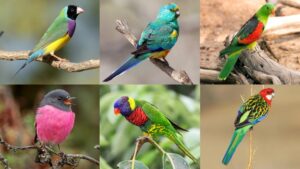10 Interesting Facts About Australian Birds
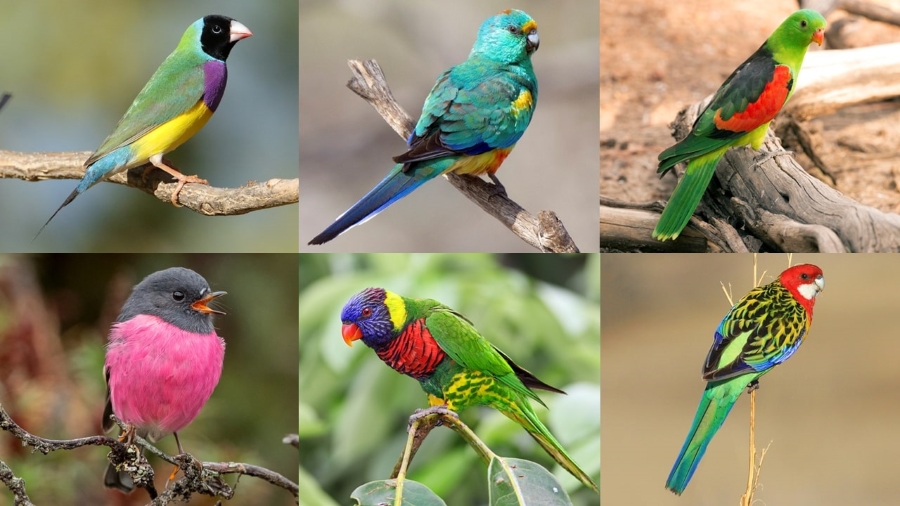
Australia is domestic to a variety of bird species, with over 800 extraordinary types of birds found across the country. From colorful parrots to majestic eagles, Australian birds are a sight to behold. In this newsletter, we’re going to discover 10 thrilling statistics about Australian birds on the way to leave you amazed.
Here Are Some Famous Australian Birds:
The Emu is the Largest Bird in Australia:
The Emu, a flightless fowl, is the biggest chook in Australia and the second-largest fowl in the world. They can develop up to 6.2 ft (1.9 meters) tall and weigh as much as 130 pounds (60 kilograms). Emus are found in most parts of Australia, except for Tasmania.
The Kookaburra is Known for its Distinctive Laugh:
The Kookaburra is a well-known Australian fowl, well-known for its loud and specific laugh-like call. This fowl is discovered in eastern and southern Australia and is the most important member of the kingfisher circle of relatives. The Kookaburra call is often utilized in films and TV to symbolize the sound of a jungle.
The Lyrebird is a Master Mimic:
The Lyrebird, located inside the rainforests of eastern Australia, is understood for its first-rate capability to imitate sounds. They can imitate the calls of other birds, in addition to sounds from their environment, such as automobile alarms and chainsaws. The Lyrebird’s mimicry is so correct that it could even idiot other birds.
The Australian Pelican Has the Longest Bill of Any Bird:
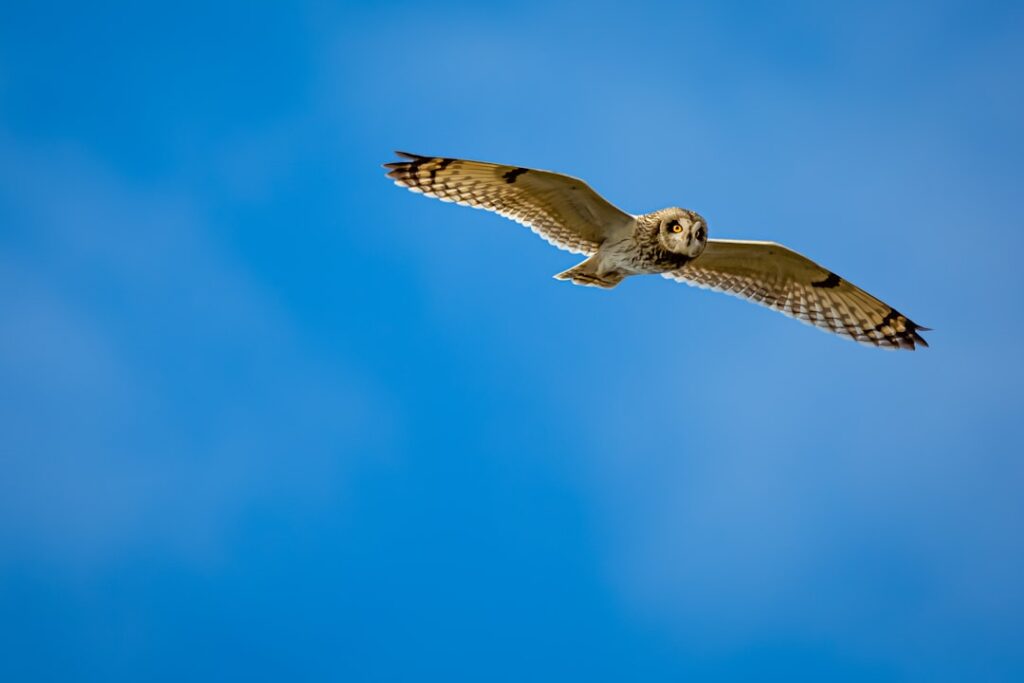
The Australian Pelican, observed in most parts of Australia, has the longest invoice of any bird in the world. Their bill can attain up to 18.5 inches (47 centimeters) in length. This big invoice is used to catch fish, their main source of food.
The Rainbow Lorikeet is a Colorful Parrot:
The Rainbow Lorikeet is a small, colorful parrot discovered in eastern and northern Australia. They have a vivid inexperienced head, a red beak, and a rainbow of colors on their chest. These birds are regularly seen in big flocks, making quite a few noises as they fly from tree to tree.
The Wedge-tailed Eagle is Australia’s Largest Bird of Prey:
The Wedge-tailed Eagle, determined at some stage in Australia, is the most important chook of prey inside the country. They have a wingspan of as many as nine toes (2.7 meters) and are recognized for their astounding-looking talents. These eagles can take down prey as huge as kangaroos and wallabies.
The Superb Lyrebird is the National Bird of Victoria:
The Superb Lyrebird, found inside the forests of southeastern Australia, is the countrywide fowl of Victoria. They are recognized for their tricky courtship shows, wherein the male chicken suggests off its lovely tail feathers in an attempt to attract a mate.
The Australian Magpie is a Skilled Songbird:
The Australian Magpie, discovered at some point in Australia, is a skilled songbird acknowledged for its complicated and melodious songs. They are also acknowledged for their territorial behavior, frequently swooping at folks that come too close to their nests at some point during the breeding season.
The Southern Cassowary is a Threatened Species:
The Southern Cassowary, observed within the rainforests of northeastern Australia, is a massive flightless hen that is taken into consideration as a threatened species. They are regarded for his or her unique casque, a helmet-like structure on their head, and their bright blue and crimson necks.
The Australian Brush-Turkey Builds Impressive Mounds:
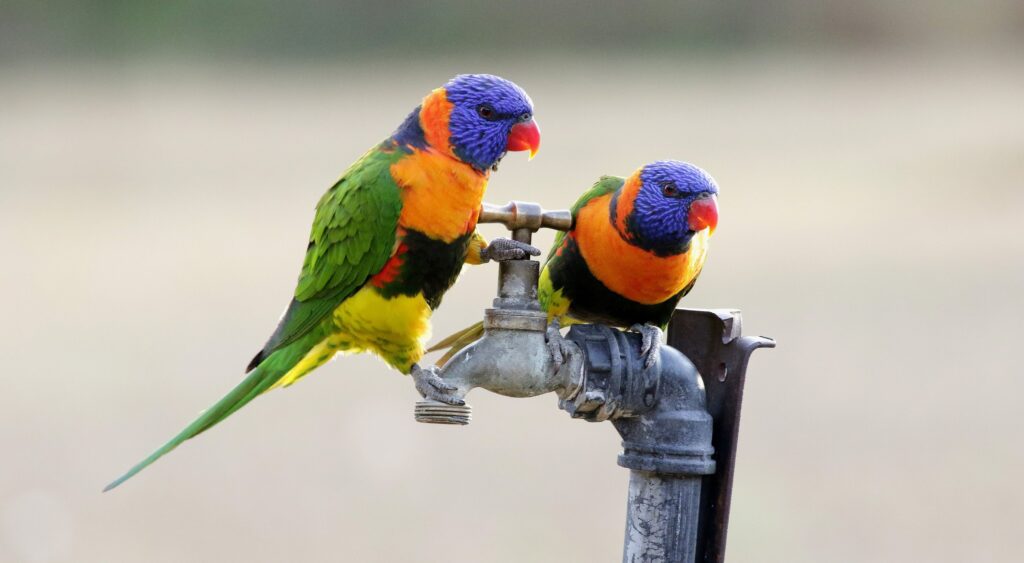
The Australian Brush-turkey, located in eastern Australia, is known for its superb mound-constructing talents. The male chook builds a massive mound of leaves, twigs, and soil, which could reach up to thirteen toes (4 meters) in diameter and 6.5 toes (2 meters) in height. These mounds are used for incubating eggs and keeping them heated.
Additional Tips:
- Get Out and Explore: Take advantage of Australia’s severa national parks, reserves, and birdwatching hotspots to have a look at those fascinating birds in their herbal habitat. Joining guided bird-watching excursions or nearby birdwatching businesses can enhance your experience and help you notice uncommon and elusive species.
- Invest in Binoculars and Field Guides: Investing in a terrific pair of binoculars and a comprehensive field guide particular to Australian birds can significantly decorate your birdwatching level. Binoculars permit you to observe birds up near without annoying them, even as subject guides provide precious facts on bird identification, conduct, and habitat choices.
- Practice Patience and Observation: Bird Watching calls for staying power and keen statement abilities. Take your time to test the treetops, trees, and waterways for signs and symptoms of chicken pastime. Listen for bird calls and songs, and use your binoculars to carefully study bird conduct and plumage details.
- Keep a Birding Journal: Keeping a birding magazine or pocketbook to file your sightings, observations, and experiences can be a profitable manner to song your development and beautify your expertise of Australian birds through the years. Note down the date, region, species discovered, and any thrilling behaviors or observations you’re making at some point during your birdwatching outings.
- Respect Wildlife and Their Habitat: When birdwatching, continually prioritize the welfare of the birds and their habitat. Avoid disturbing nesting sites, feeding regions, or roosting sites, and look at birds from a safe and respectful distance. Follow nearby policies and suggestions for flora and fauna viewing, and remember to leave no trace of your visit.
Conclusion:
Australian birds are a diverse and charming organization of animals, with particular traits and behaviors. From the most important chook in Australia to the professional songbirds and extraordinary mound-builders, those birds are a crucial part of Australia’s atmosphere and a joy to look at in the wild.
Whether you are in Victoria, Queensland, or another part of Australia, keep a watch out for those brilliant birds and respect their beauty and forte.
FAQs:
Q1: What makes Australian birds precise?
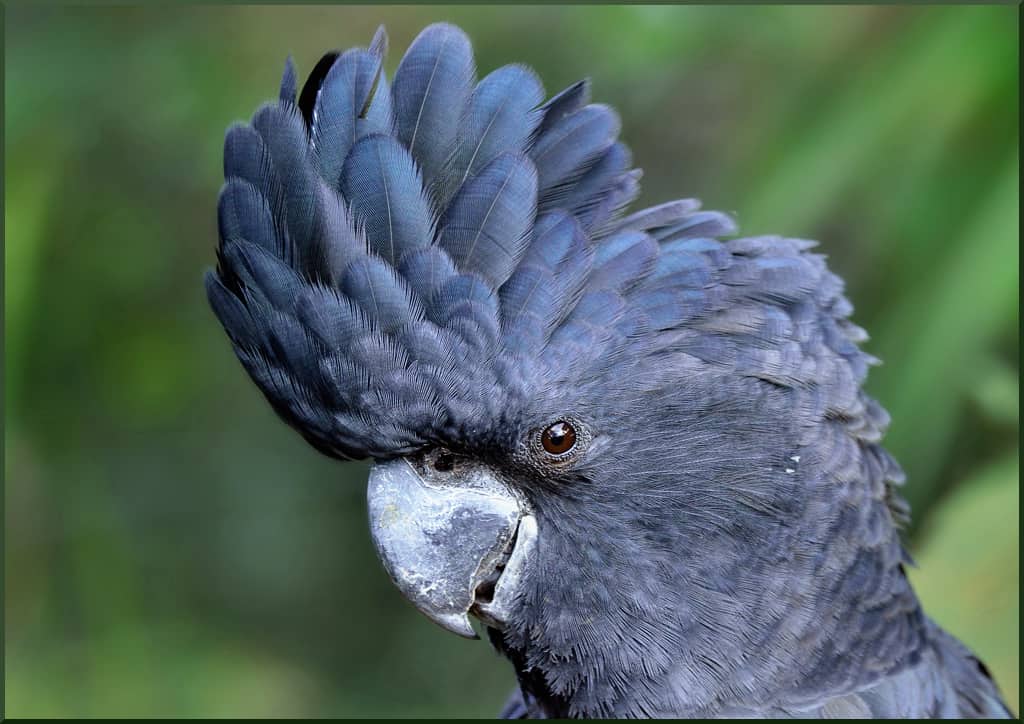
Ans: Australian birds are particular due to their diverse range of species, a lot of which are discovered nowhere else in the world. They have tailored to Australia’s varied habitats, resulting in a captivating array of colors, behaviors, and ecological roles.
Q2: How many fowl species are there in Australia?
Ans: Australia is domestic to over 800 species of birds, inclusive of resident, migratory, and endemic species. This superb wide variety accounts for about 10% of the world’s hen species.
Q3: What are a few famous fowl species determined in Australia?
Ans: Some well-known chicken species found in Australia include the Emu, Kookaburra, Sulphur-crested Cockatoo, Rainbow Lorikeet, and Australian Magpie. These iconic birds are famous for his or her distinct appearances, calls, and behaviors.
Q4: Where are the first-rate locations to head birdwatching in Australia?
Ans: Australia offers endless opportunities for birdwatching, with high places that include country-wide parks, wetlands, coastal reserves, and remote wasteland regions. Popular bird-watching locations include Kakadu National Park, Lamington National Park, the Great Barrier Reef, and the Daintree Rainforest.
Q5: What is the fine time of year for birdwatching in Australia?
Ans: The high-quality time for birdwatching in Australia relies upon the place and the species you wish to look at. Generally, the Austral spring and summer (September to February) are ideal for looking at breeding behaviors and migratory birds, whilst the Austral autumn and wintry weather (March to August) offer possibilities to see resident species and wintering migrants.
READ MORE: Taking ‘A Bridge Too Far Movie’ to the Next Level




